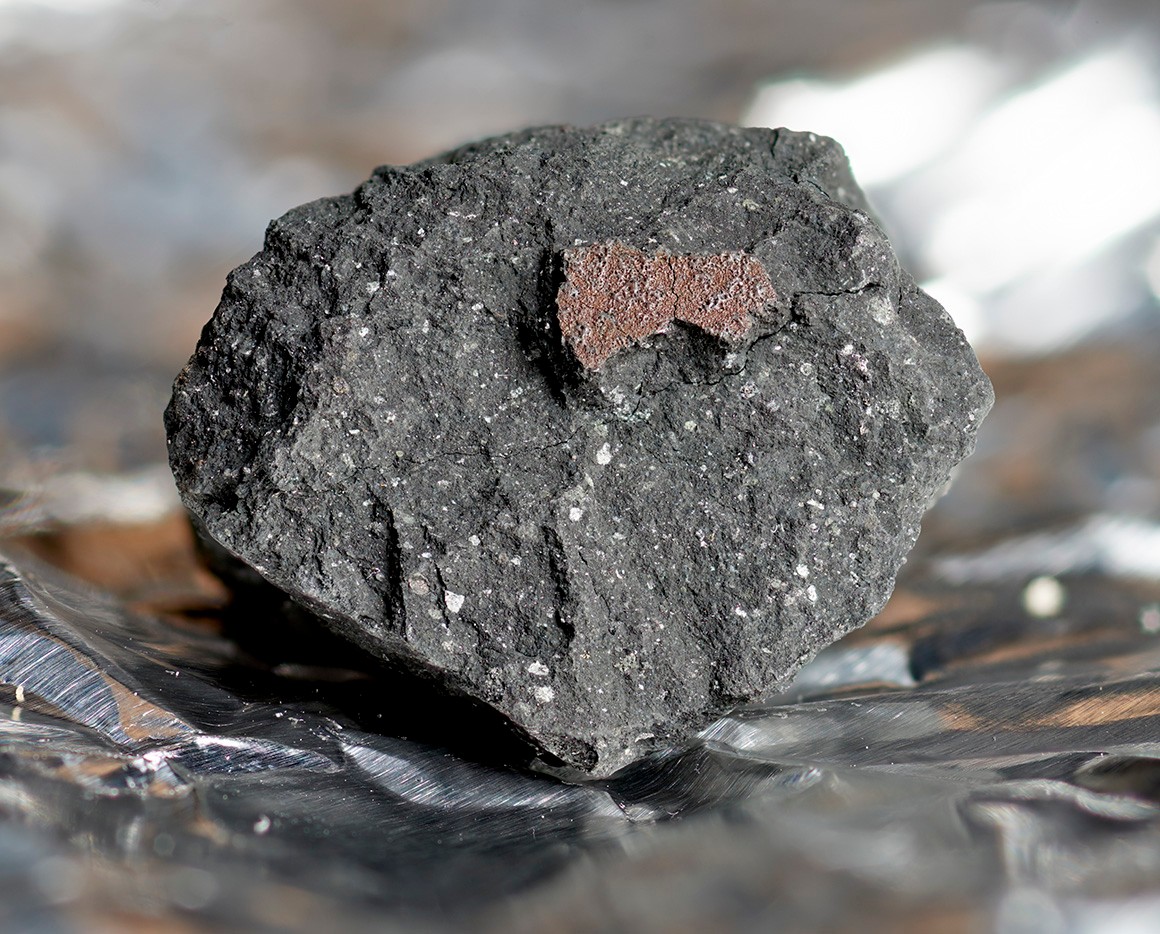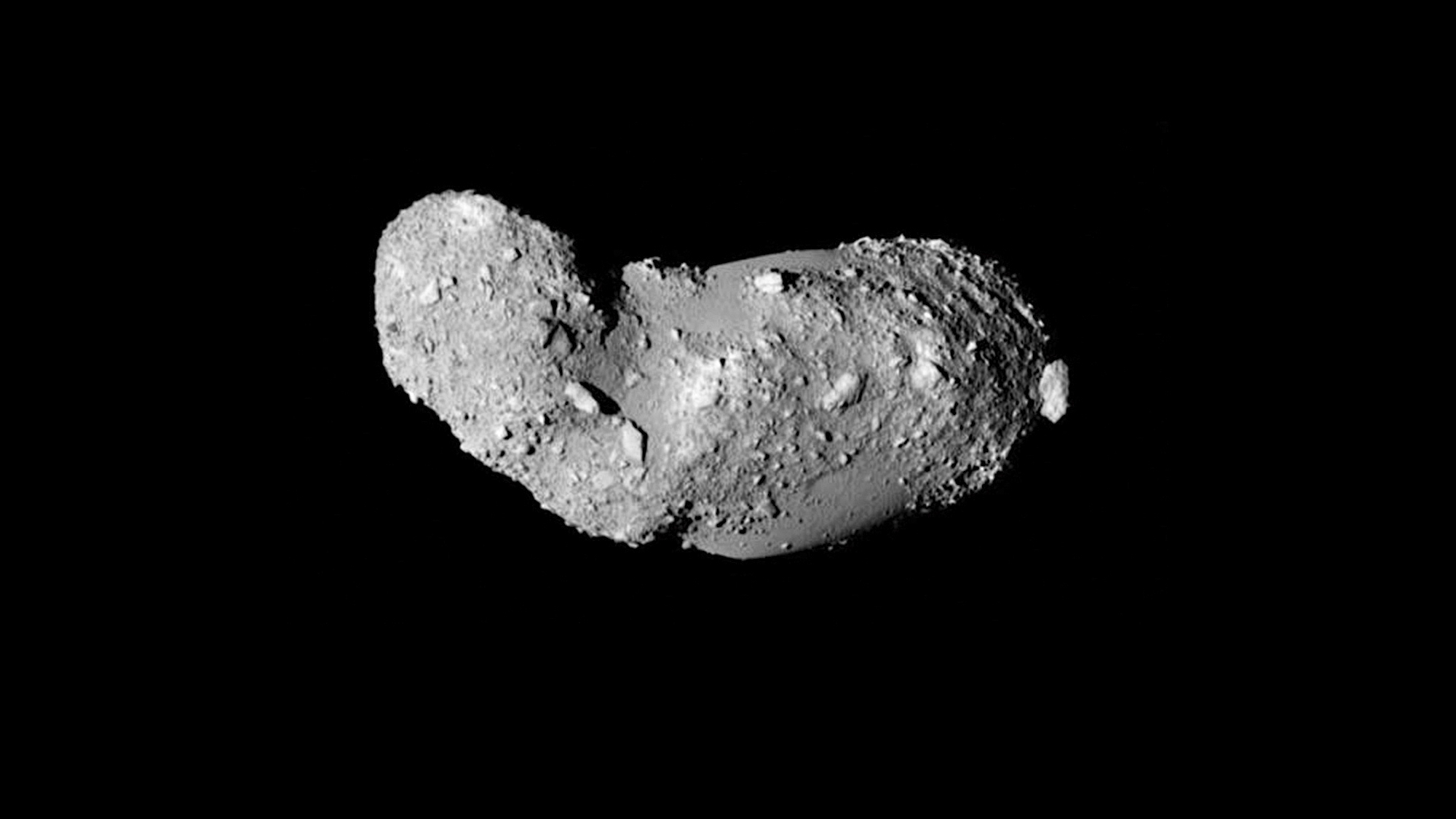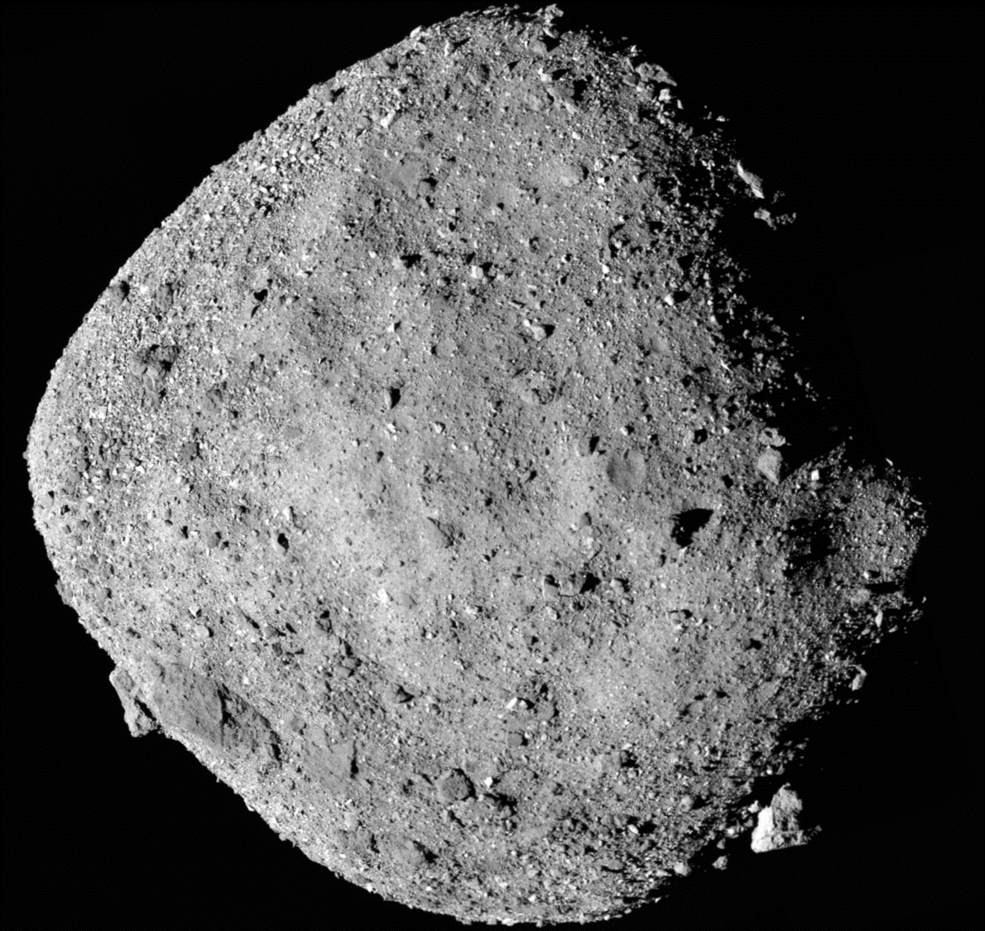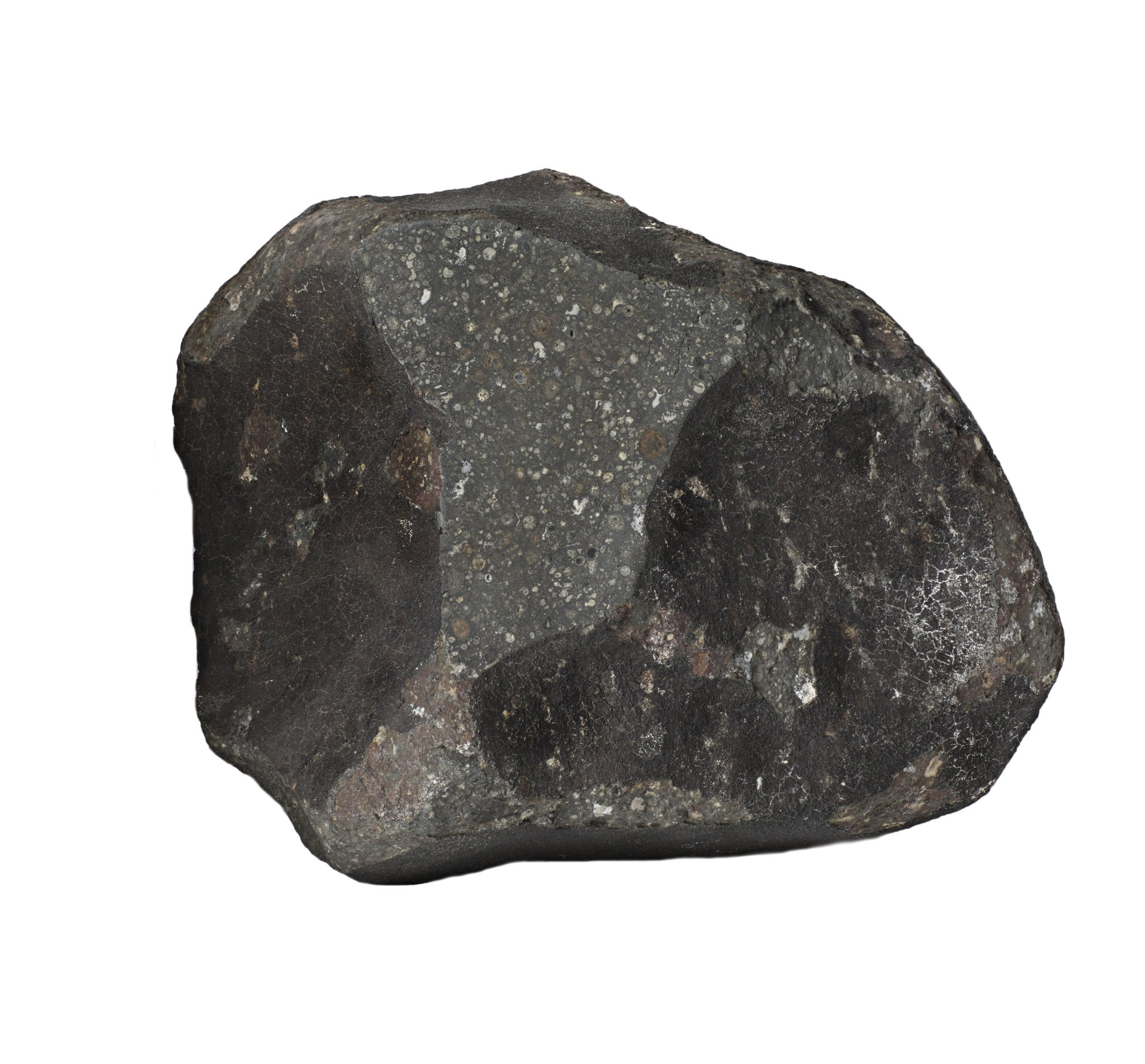It came from outer space...
Just before 10 pm on the 28th February 2021, a spectacular fireball was seen blazing through the skies over the UK. The next morning, a family in the town of Winchcombe, Gloucestershire woke to discover a pile of dark rocks had crash-landed on their driveway! These rocks, the first meteorites recovered in the UK for 30 years, hold vital clues about the origin of the solar system and formation of planets.
What is a meteor?
A meteor is a glowing streak in the sky that occurs when a rocky or metallic object from space burns-up in Earth’s atmosphere. Most meteors come from dust-sized particles and are sometimes called “shooting stars”. Larger objects produce brighter fireballs, and if any of the rock or metal survives travelling through the atmosphere and lands on Earth, it’s called a meteorite.
This video is of the Winchcombe fireball, captured by Ben Stanley of AllSky7, and organisation which is part of the UK Fireball Alliance. This collaboration of 6 camera networks across the UK aim to spot meteors and fireballs, and recover freshly-fallen meteorites.
What is a meteorite?
Meteorites are rocks that fall to Earth from space. Most meteorites are fragments ejected from asteroids and are far older than any terrestrial rock, acting as snapshots of the solar system before planets even existed. They can be divided into three main groups:

Iron meteorites
These meteorites are almost completely made of metal.

Stony-iron meteorites
These meteorites contain mixtures of rocky materials and metal.

Stony meteorites
These consist mainly of rocky materials.
For more information about the different types of meteorites, click here!
Facts
Meteorites are incredible things...
Total number of classified meteorites
Winchcombe is only one of 717 meteorites of its type
The Winchcombe meteor entered the Earth's atmosphere at 13 km/s
How old the oldest components found in meteorites are in years
What is an asteroid?
Asteroids are small, rocky, or metallic bodies that orbit around the Sun. They are materials leftover after the formation of the solar system ~4.6 billion years ago. Most asteroids are found in the main asteroid belt between the orbits of Mars and Jupiter. However, some, called near-Earth asteroids (NEAs), have orbits that bring them much closer to Earth.
We've managed to visit a number of asteroids, and have actually successfully returned some material from two of the near-Earth ones. In 2010, the Japanese Space Agency (JAXA) mission Hayabusa returned from asteroid Itokawa, bringing back less than a gram of material, and in 2020 the Hayabusa2 mission returned from asteroid Ryugu with about 5 g. And that isn't all: in 2023, NASA's mission OSIRIS-REx should return about 2 kg of material from an asteroid called Bennu.
How are meteorites found?
Finds
Most meteorites are not seen falling to Earth. Instead, they are found after landing and known as “finds”.
Once on Earth, meteorites are exposed to the sunshine, wind, and rain, which can change their mineral and chemical compositions in a process called weathering. Many meteorites fall into the oceans, or land in places, such as forests or mountain ranges, where it is difficult to find them, or they are weathered quickly. However, if a meteorite lands in a dry environment, like a desert, they can survive relatively unchanged for thousands of years.
Most meteorites are therefore found in either hot deserts or Antarctica. Over the last few years, UK scientists have successfully recovered meteorites from Antarctica as part of the Lost Meteorites of Antarctica project. The dry and cold conditions in Antarctica help to preserve the original composition of a meteorite. Meteorites also often have a dark and shiny fusion crust - formed as the rock travels through the atmosphere – that makes them easier to spot on the bright ice sheets.

Katie Joy of the University of Manchester carefully picks up
a meteorite that is embedded in the ice sheet in Antarctica
as part of the Lost Meteorites of Antarctica Project.
Image credit: Romain Tartese and The University of
Manchester,
Lost Meteorites of Antarctica

The local community of the Leicestershire village of Barwell gather around the impact site of a meteorite fall. This event took place on Christmas Eve 1965, and the Barwell meteorite is still studied today.
Falls
If a meteorite is seen travelling through the atmosphere as a fireball and then found after landing on Earth, it is called a “fall”. These events are rare and less than 2% of all meteorites are observed falls.
Depending on the time of day and the location, a meteorite fall is often reported by a handful up to a few hundred people. Incoming meteorites can also be tracked using automated digital camera networks. By recording a fireball with multiple cameras, it is possible to calculate its size, speed, and direction of travel, and estimate where any meteorites might land on Earth.
The recovery of meteorite falls soon after they have landed minimises any terrestrial contamination and chemical changes due to weathering. Videos of fireballs can also be used to reconstruct the orbits of the original rocks around the Sun before impacting Earth.
The Winchcombe Story
In 2021, for the first time in 30 years, a meteorite fall event took place in the UK: click on the icons to see pictures from each stage of the story!
28th Feb 2021, 21:54:16
Shortly before 10 pm on 28th February 2021, a bright fireball was captured by the UK’s meteor camera networks and reported by over 1000 people.
1st March
The family reported their find to the UK Meteor Network, and two days later, the rocks were confirmed to be a meteorite and taken to the national meteorite collection at the Natural History Museum, London.
4th - 7th March
Excited scientists from across the UK travelled to Winchcombe to try and find more meteorites before they were weathered by the rain and wind. They formed a line with each person about 2 metres apart and walked across the fields hunting for small black rocks. However, finding meteorites in the UK is like searching for a needle in a haystack – lots of things in fields look dark and shiny, including the local rocks, mud, and sheep poo!
6th March
The search team’s hard work paid off when Mira Ihasz, a volunteer working with scientists from the University of Glasgow, found the largest piece of the Winchcombe meteorite in a sheep field. In total, just over 600 g of the Winchcombe meteorite fall has been recovered and is now being studied by scientists across the world to learn about the formation and evolution of the solar system.
Team
Find out about the team behind The Story of the Winchcombe Fall, and who you can meet at the Royal Society Summer Exhibit 2022!

Sara Russell
Natural History Museum
Richard Greenwood
The Open UniversityContact
Get in touch!
Natural History Museum
Cromwell Road, London SW7 5BD
020 7942 5000























